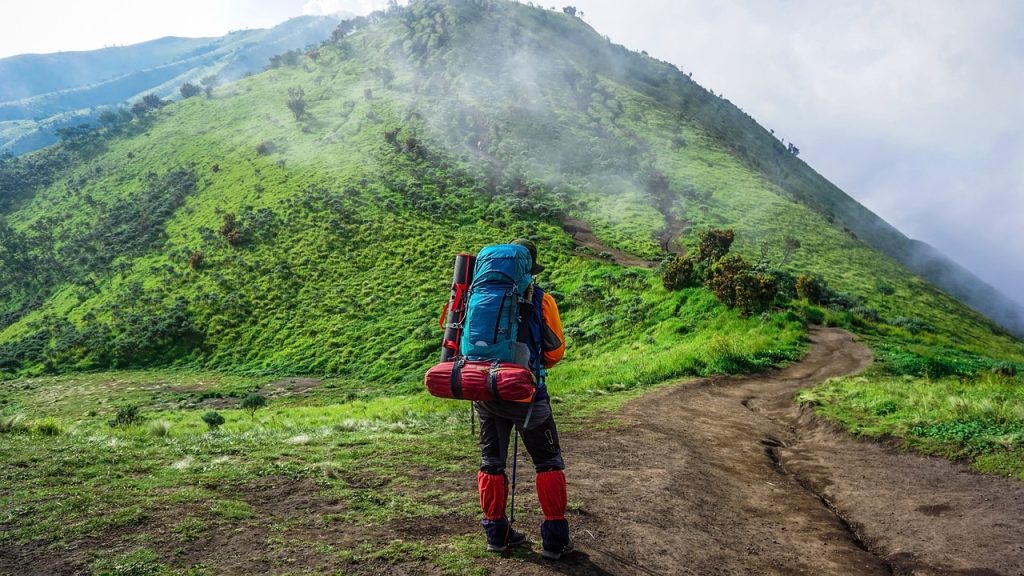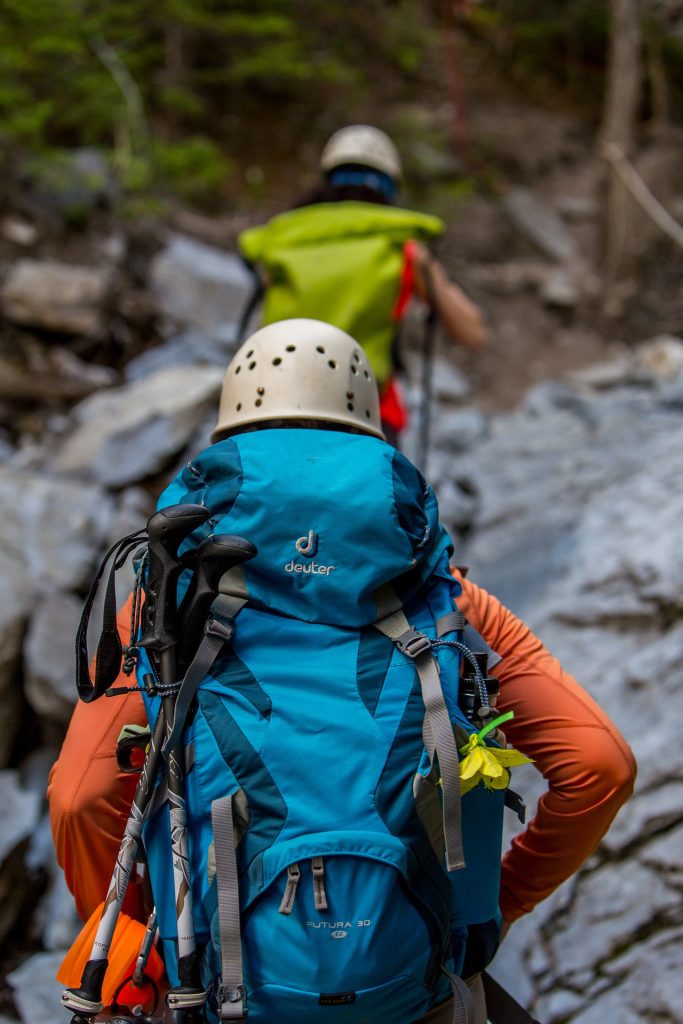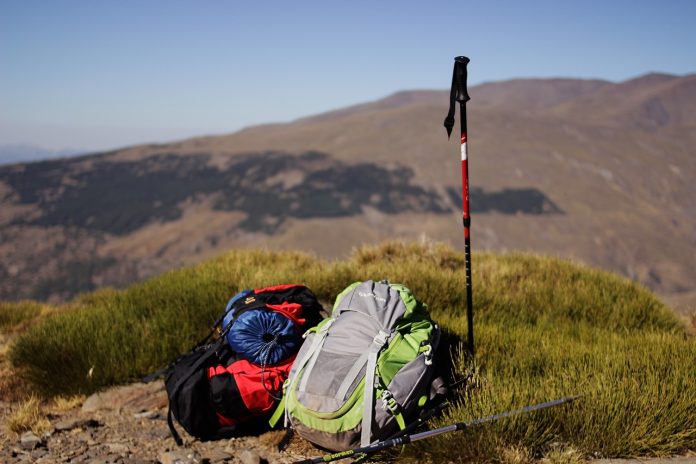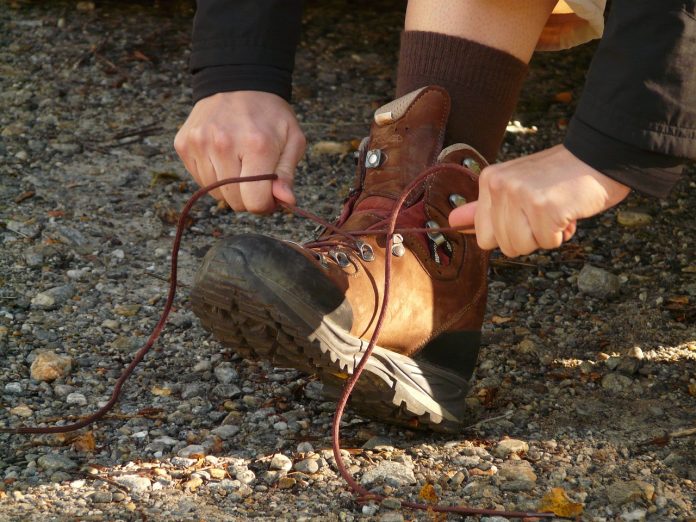A reliable, comfortable hiking backpack is an essential piece of gear for carrying all your supplies and equipment on the trail. With many types and sizes of backpacks available, it can be challenging to select the right pack suited to your needs. Follow this guide to determine the ideal capacity, fit, features, and type of backpack for your hiking style.
Table of Contents
You may also want to know: How to start hiking
Factors to Consider in a Hiking Backpack
Here are the key factors to evaluate when shopping for a hiking backpack:
Capacity/Volume
Backpack volume ranges from small 20-30 liter daypacks to large 60+ liter multi-day backpacking packs. Consider your average length of trips, number of supplies carried and desire to keep pack weight lower when determining needed capacity. You can strap extra gear to the exterior once the interior space is maxed out.
Fit and Comfort
A properly fitting backpack that transfers weight to your hips is vital for comfort during miles of hiking. Look for adjustable shoulder, waist, and sternum straps to dial in fit. Well-padded and ventilated back panels and hip belts prevent sweating and chafing. S-shaped shoulder straps minimize strain. Load lifters transfer weight off shoulders.
Weight
Backpack weight when empty matters too. Heavier yet durable fabrics provide more support for larger loads. But you want to keep your pack weight under 5 pounds. Lightweight packs sacrifice some features but are great for quick trips.
Frame Type
Internal frame backpacks with vertical aluminum stays or sheets firmly stabilize and support the load. Great for heavier hauls. External frames help ventilate and distribute weight widely. Better for straightforward trails. Frameless packs save weight but lack support.
Features and Design
Look for backpacks with plenty of pockets and compartments to organize gear. Entry points like side zippers, bottom openings, and front stash pockets prove useful. Attachment points for hiking poles, ice axes, or helmets are a plus. Men’s and women’s specific designs have contoured straps and hip belts.

Backpack Types for Different Situations
Once you determine the capacity and features needed, compare types of backpacks suited for your most common adventures:
Daypacks
Great for day hikes, peak bagging, or minimalist overnighters. Streamlined design with just enough room for essentials. Ultralight models under 1.5 pounds excel on shorter distances. Include key features like shoulder strap pockets and water bottle holsters.
Backpacking Packs
Multi-day backcountry trips call for larger 45-60+ liter packs. Look for durable, weather-resistant materials and plenty of exterior storage options. Lean towards an internal frame for heavier gear hauls. External frames still have advantages for long miles.
Trekking Packs
Ideal for those who take shorter 1-3 day trips but require more space than a daypack offers. Look for an enhanced organization with top lid, bottom, and side access. 30-50 liter capacity models suit this niche well. Removable daypacks are handy.
summit or Climbing Packs
Specifically designed for technical ascents with capabilities like rope strap systems, climbing tool holders and helmet carry options. Focus on fit and ease of access to gear. Lightweight but with durability for abrasion resistance. Around 40 liters.
Hydration Packs
Feature built-in water bladder sleeves for hands-free hydration. Distributes weight evenly. Easy sip access. Look for bike or run-friendly versions too. Skimpy on space beside the hydration pouch.
Other considerations like torso length, gender-specific design, and color selection allow picking an ideal hiking backpack for your needs. Test out packs weighted with gear on shorter hikes before longer treks. Invest in your backpack and it will reward you with endless adventures!

Tips for Fitting Your Hiking Backpack
Follow this process when being fitted for your backpack:
- Come prepared by knowing your typical hiking gear and average load weight to bring Similar items to simulate full pack weight.
- Have an expert measure your torso length from neck to hip bone and choose an appropriate pack size/length.
- Always fit the hip belt first snugly around your waist, then adjust the shoulder and load lifter straps.
- Close all straps, load with gear, then take a brisk walk. See where the pack needs adjusting. Some pressure on hips and shoulders is normal when fully loaded.
- For women, ensure the hip belt sits above not over the hip crest for better transfer of weight to the legs.
- Loosen straps regularly on long hikes to allow blood flow. Re-tighten often when packing weight shifts during descents.
- If sizing between models, size up to ensure adequate volume. But don’t go too big or it will hinder mobility.
- Break new packs in with lighter loads before maxing out capacity. Let your muscles adapt.
Be willing to spend time testing packs for optimal comfort. A well-fitted backpack tailored to your body type and hiking style makes miles feel easier!

Helpful Features to Look For
Beyond fit and capacity, useful backpack features include:
- Ventilated back panel and hip belt reduce sweaty hot spots.
- Stretchy mesh side pockets expand to hold water bottles, food, or layers.
- Dual hip belt pockets provide quick access storage for snacks, phone, compass, etc.
- The front panel bungee system secures additional gear like sleeping pads.
- Internal hydration sleeve with port accommodates hands-free drinking.
- Rain cover included or sold separately shields pack contents in downpours.
- The detachable lid converts to a small summit pack for peak scrambling.
- Interchangeable hip belts adapt to changing waist size if losing/gaining weight.
- Gear loops and straps provide attachment points for hiking poles, axes, etc.
- Durable, abrasion-resistant fabrics withstand rough use on and off trails.
Consider your must-have features when comparing backpacks for personalized selection. Let your retailer know how you’ll use the pack to get the best recommendation.

Adjusting and Loading Your Pack
Once purchased, make proper adjustments and pack strategically:
- Consult the backpack owner’s manual for custom fitting guidance.
- Strive for a pack weight between 10-20% of your body weight for ideal comfort during miles of hiking.
- Pack the heaviest items like water close to your upper back to minimize strain. Use internal stays or panels.
- Organize gear in exterior pockets for easy access like rain layers, maps, headlamps, and first aid kit.
- Use compression straps and an internal cinch cord to stabilize the load from shifting excessively.
- Leave room for bulkier clothing layers needed later when temps drop or rain starts.
- Snug all straps periodically when shifting the pack’s center of gravity on ascents and descents.
Be prepared to tweak adjustments over the first few uses packing differently. Lighten overall load whenever reasonable to avoid exhaustion or joint pain. Follow these tips to comfortably enjoy even the most grueling trails!

Related Links:




